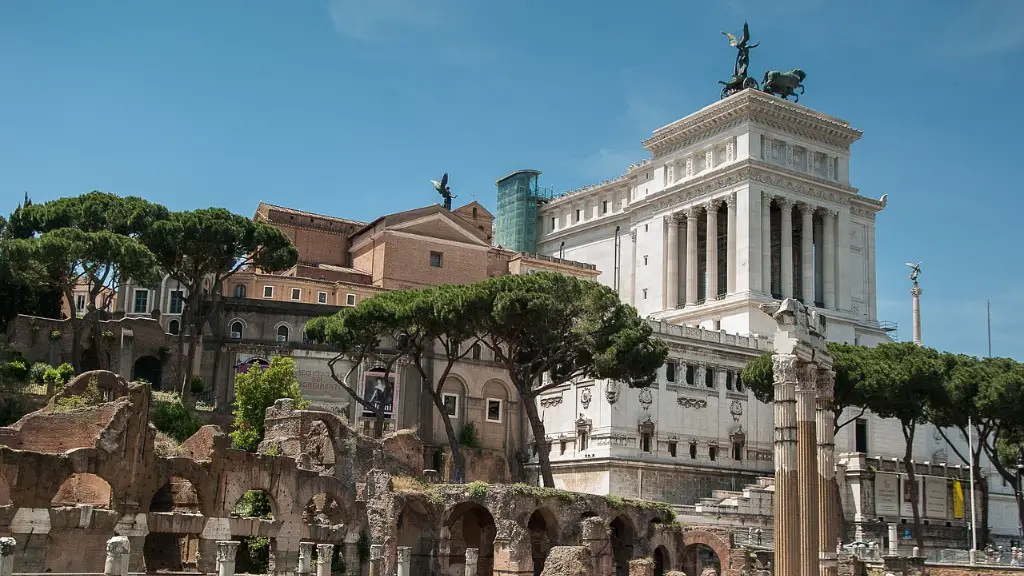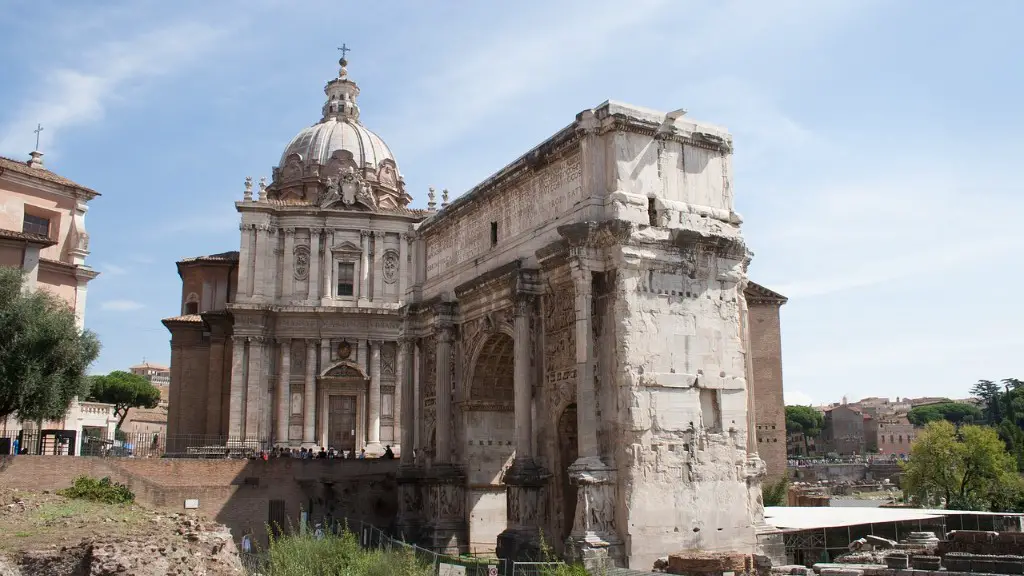Meat Dishes
In ancient Rome, dinner typically filled an important place in the day and would provide a major source of nutrition. A large variety of animal sources were used. Most common forms of meat were boar, beef, pork, and lamb, which were seen as staples. Another dish typically served at the Roman dinner table would be a type of roasted fowl, including birds such as chickens, geese, or ducks. Seafood, including fish and shellfish, was also often served. Fish could be fresh or preserved in various ways, while shellfish included mussels, clams, oysters, snails, and crustaceans.
Vegetables and Fruits
In addition to a variety of meats, the Romans also incorporated a variety of vegetables and fruits into their cuisine. This included edible plants such as artichokes, asparagus, cabbage, mushrooms, and onions. They also consumed much garlic and leeks. Legumes, including chickpeas and lentils, were also a mainstay as a source of protein. Fruits in the ancient Roman diet included apples, dates, figs, grapes, pears, and quinces.
Breads and Grains
Bread was a major staple of the Roman diet and was typically served with dinner. Flat, unleavened bread called “panis” was the most common, though unleavened, helical rolls and leavened loaves were also popular. After baking, the breads were usually dipped in olive oil, honey, or salt. Grains were commonly featured in the Roman diet, including wheat, millet, oats, and barley.
Oils and Sauces
Olive oil was a key staple of the Roman dinner table, and was used to season and cook many dishes. The Romans also had a variety of sauces, the most common being the garum and liquamen, which was made from a mixture of fermented fish intestines, salt, and other spices. Other sauces included liquamen, which was fish sauce with herbs and spices, and omnamo, which was made from honey and herbs.
Sweets
Sweets were a popular course at Roman dinners and were usually served at the end of the meal. These included nut and honey pastries, such as letcherietum and milliaceum, and grape must and honey buns known as cupulae. Dried fruit and honeyed toppings on bread were also commonly served.
Drinks
It was also common practice for Romans to enjoy a variety of beverages with their dinner, including wine, beer, mead, and mixed drinks like nektar and mulsum. Water was often diluted with wine, and wine itself was oftentimes mixed with herbs and spices to be enjoyed in its flavored form.
Salt and Spices
Salt was a major fixture in the ancient Roman diet, and was used as both a seasoning and a preservative. Pepper, coriander and fenugreek were some of the spices commonly featured in Roman dishes, along with mustard, cumin, and oregano. Herbs were also commonly used, including dill, rocket, mint, and parsley.
Cooking Methods
The most popular cooking methods used by ancient Romans were boiling, grilling, roasting and baking. Frying was rarely used due to the cost of oil and cooking utensils. After the food was cooked, it was usually served with olive oil and condiments.
Final Presentation
The Romans believed that a final presentation was key to a successful dinner. This included marinating, seasoning, and “garnishing” the foods with herbs and sauces as well as presenting them in eye-catching arrangements. Making the food aesthetically pleasing was seen as an important part of the cooking process.
Festive Meals
While the main role of Roman dinner was to nourish, many festive meals were also a part of this culture. These would often include large amounts of food, special dishes, and large scale meals. Ancient Roman banquets were often composed of up to nine separate courses.
Regional Variations
Due to the large size of the Roman Empire, there were many regional variations on the food choices available to diners. In Northern Italy, for example, local specialties included risotto with seasonal ingredients. While in Spain, a typical Roman dinner had strong Mediterranean influences, featuring such dishes as paella and a variety of fresh vegetables and herbs.
Meat Substitutes
In addition to meats and vegetables, the ancient Romans occasionally substituted these ingredients with other food sources. Some of these alternatives included eggs, cheese, nuts, and honey. Fish eggs, such as caviar, were also served as a luxurious delicacy.
Conclusion
Over the centuries, the ancient Roman diet has evolved, adapting to changes in availability, custom, and culture. Despite these changes, the most important part of Roman dining remains – a satisfying meal to nourish the body and soul.



